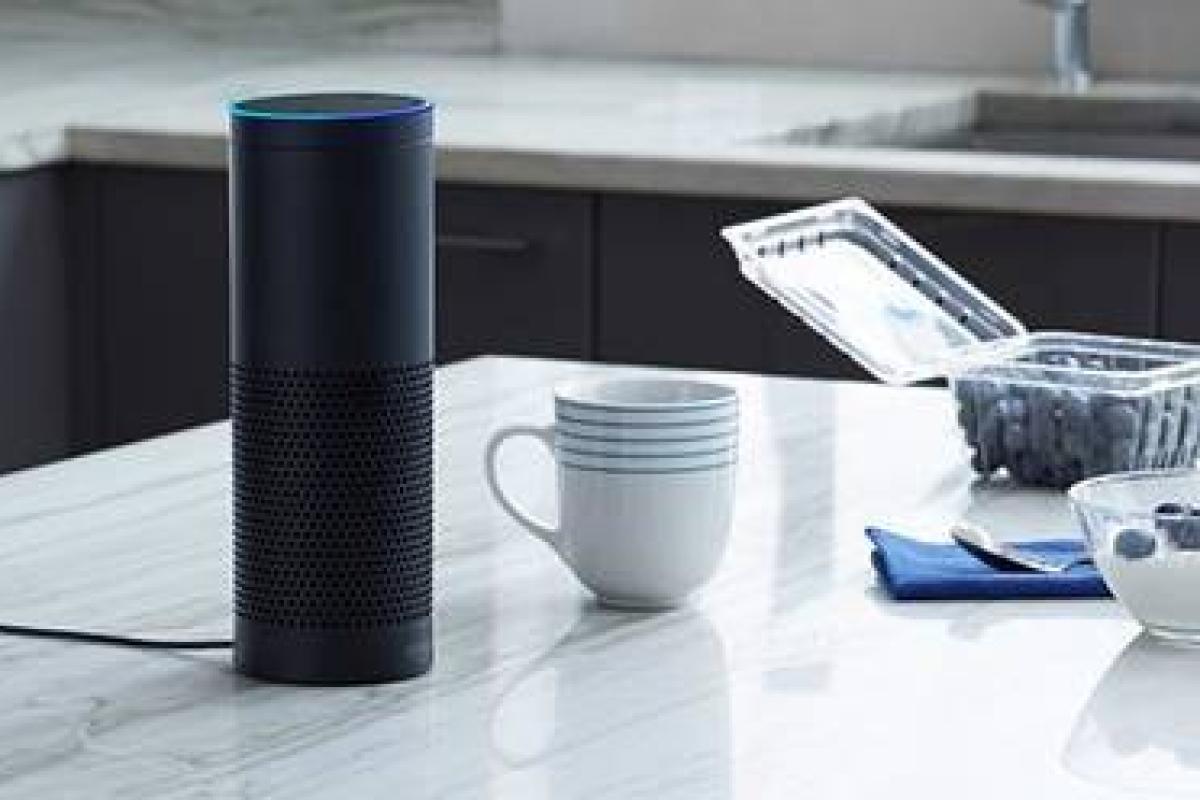Last year, CES was most aptly described as more of an evolution than revolution. The reverse is true in 2017. This year’s event was a complete game-changer. Behind the high-profile, attention-grabbing gadgets is a very clear commentary on how voice recognition, artificial intelligence and smart technology have combined to irrevocably change the relationship between brand and consumer for the better.
"Smart" was the prevailing theme at this year’s event—and I saw (and heard) it everywhere. From lightbulbs to toasters and TVs to vacuum cleaners, the devices on display didn’t just "do"—they thought. Smart devices themselves are not the real game changers here. It is AI and, in particular, voice recognition, which promise to accelerate consumer adoption.
Relevance, ease-of-use and trust have all been barriers to consumer adoption and, until recently, many smart devices were controlled by a smart phone. The ability to turn lights on and off via a smartphone has been around for some time but not necessarily widely adopted. Frankly, why get off the sofa to grab your smart phone to turn off the lights when there’s minimal additional effort to simply walk over to the light switch? Voice recognition was the crucial missing component—and it was all over CES.
So it wasn’t surprising that Amazon’s Alexa stole the show.
Next generation smarter devices
With seven microphones embedded into the Echo device and machine learning at scale with automated speech recognition, Alexa’s response is almost instantaneous in helping to control lights, thermostats, door locks, sprinkler systems and even order an Uber at the command of voice. Amazon has opened up Alexa for integration using a free API and, according to GeekWire, Alexa now has over 7,000 "skills" (Amazon’s word for integrations) from just a 1,000 in June 2016. With reportedly 5 million units of Echo sold to date and fast growing integration of Alexa with other devices, the ease of use and relevance of smart devices is likely to accelerate consumer adoption with some predicting that 2017 will be the year smart home goes mainstream.
On another front, traditionally non-tech brands are moving into the smart device market, partnering with tech creators to fashion an array of new products. For example, Hair Coach, the world’s first smart hairbrush, is a collaboration between Kérastase (part of the L’Oréal Group) and Withings, who bring sensor technology and app connectivity to everyday products. The brush has microphones that pick up on various audible cues on the state of your hair and shares its data via a mobile app.
There were also a multitude of toys and educational devices for children. Fisher Price announced its intent to launch a high-tech exercise bike for toddlers and Lego announced a robot-making toolkit for kids. Lego’s "Boost" toolkit enables children ages seven and up learn to code and build robots, bringing their creations to life by adding movement, sound and personality.
Manufacturers as maintenance managers
Until recently, retailers held the keys to unlocking direct conversations with consumers. Having a detailed understanding of customers purchasing habits and demographics have helped them to communicate one-on-one with consumers, build strong relationships and increase future sales.
Manufacturers, on the other hand, have remained relatively in the dark beyond the number of units distributed, relying on third parties to help inform them of the end sales volumes, pricing and demographics of customers. The advent of smart technology has the potential to change that by enabling the manufacturer to gain a deep understanding of customer behaviour after the product has been purchased (assuming the customer grants permission). Smart fridges will automatically reorder items when they run out. Automotive manufacturers will know when your journey cannot be completed with your current fuel levels and alert you when driving to your nearest/most convenient/cheapest gas station.
Implications to marketers
Smart devices with voice recognition and AI will not just dramatically change the way in which consumers interact with computers, but also the way in which brands market to and build relationships with consumers due to the vast increase in data and resulting insights.
Retailers of consumer electronics, manufacturers, energy providers, telco operators and others will have a real opportunity to build even stronger relationships with customers by helping them to navigate the smart home. Joining up all the devices, ensuring strong security, diagnosing and solving problems for consumers as they integrate new technology as well as providing on-going subscription based support will strengthen brand relationships if done at a level that results in surprise and delight.
Machine learning, the ability to process data at scale and make intelligent decisions and recommendations in real-time will require a different approach to marketing in the future.
On its 50th anniversary, CES has indeed (re)found its voice and it’s clear that there’s a major step change in the technology we interact with every day, with voice recognition likely to be the biggest revolution in our lives since the smart phone.
—Manjiry Tamhane is the global CEO of Gain Theory. This piece first appeared here.
